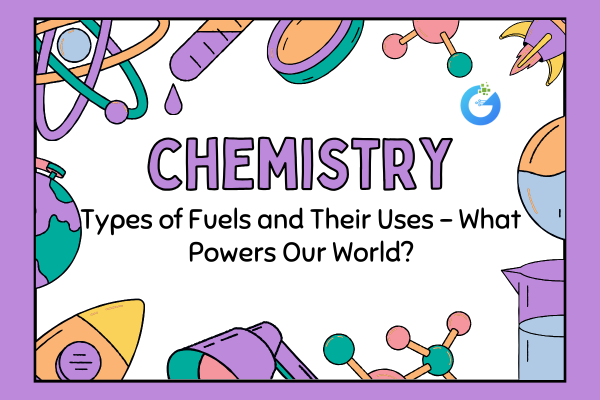Introduction – What Happens When Light Hits Something?
Have you ever looked into a mirror and seen your face smiling back? Or dipped a straw in a glass of water and noticed it looks bent? These are all amazing tricks of light! Light doesn’t just travel in a straight line—it can bounce off surfaces or even bend when it passes through different materials. This bouncing is called reflection, and the bending is called refraction. They help us see things, create rainbows, and even make lenses work in glasses and cameras!
expert-led Physics classes – visit our website to learn more
What Is Reflection of Light?
Reflection is when light hits a surface and bounces back. It’s why we can see ourselves in a mirror or spot our shadow on the ground. Smooth, shiny surfaces like mirrors reflect most of the light, giving a clear image. Rough surfaces also reflect light—but they scatter it in many directions, so we don’t get a clear reflection.
Types of Reflection:
There are two kinds of reflection based on the surface:
- Regular Reflection: This happens when light hits a smooth surface and bounces back evenly. All the light rays reflect in the same direction, forming a clear and sharp image.
🪞 Example: A plane mirror is a perfect example of regular reflection, which is why you can see your reflection clearly in it. - Diffuse Reflection: In this type, light hits a rough surface and reflects in many different directions. The image becomes blurry or disappears completely because the light doesn’t reflect evenly.
Example: Surfaces like walls, paper, or tree bark show diffuse reflection, which is why you don’t see your face in them.
What Is Refraction of Light?
Refraction is when light bends as it passes from one material into another. This bending occurs because light changes its speed depending on the medium it’s moving through. For example, when light moves from air into water or glass, it slows down and bends at the boundary between the two materials. This bending causes objects to appear shifted or bent from their original position.
Example: A pencil in a glass of water looks broken or bent where it enters the water. This is because light from the pencil tip bends as it leaves the water and enters the air—creating the illusion of a bend.
Where Do We See Refraction?
Refraction isn’t just something that happens in science labs—it’s around us all the time. When you wear glasses or use a camera, the lenses inside bend the light just the right way to help you see clearly. Rainbows are created when sunlight enters raindrops, bends, and reflects inside, splitting into colors. If you’ve ever looked at a fish underwater, you may have noticed it appears in a different spot than it really is—again, thanks to refraction. Even mirages in deserts or hot roads are caused by light bending due to hot air layers. So, refraction helps us see the world in beautiful and sometimes surprising ways.
Core Concepts – What You Should Know
| Concept | Meaning | Example |
| Light | A form of energy that travels in a straight line | Sunlight, torchlight |
| Reflection | Light bouncing back from a surface | Seeing yourself in a mirror |
| Regular Reflection | Clear image formed on a smooth surface | Mirror reflection |
| Diffuse Reflection | Scattered light from a rough surface | Wall, wood, rough metal |
| Refraction | Light bending when it passes through different mediums | Straw looking bent in water |
| Medium | The material through which light travels | Air, water, glass |
FAQs – Curious Minds Want to Know
Q1: Why does a mirror show our image clearly but a wall doesn’t?
A mirror has a smooth surface, so it reflects light in one direction (regular reflection). A wall is rough and scatters light (diffuse reflection), so no image forms.
Q2: Why does a pencil look bent in water?
Because of refraction—light changes speed and direction as it moves from water to air, making the pencil appear shifted or bent.
Q3: Can light reflect and refract at the same time?
Yes! When light hits glass or water, some of it reflects, and some of it refracts—it’s like a double act!
Fun Facts About Light, Reflection & Refraction
- Rainbows are caused by sunlight refracting, reflecting, and dispersing in raindrops—all three light tricks happening at once!
- Light travels slower in water than in air—that’s why it bends when it enters or leaves water. It’s like a car hitting a speed bump and slowing down.
- Magnifying glasses use convex lenses that bend light inward. This makes objects look bigger than they are, helping us inspect tiny things like ants or small print.
- Cats’ eyes and road reflectors use special retroreflectors. These surfaces bounce light directly back to the source (like headlights), making them glow in the dark and improving road safety.
Conclusion – Light’s Magical Moves!
Light isn’t just about brightness—it’s full of fascinating tricks! Whether it’s bouncing back to show our face in a mirror or bending through water to make things look twisted, reflection and refraction help us see the world in surprising ways. From rainbows to lenses, mirrors to magnifying glasses—understanding how light moves makes our world brighter, clearer, and a lot more magical.








